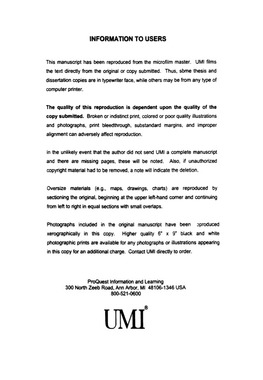| dc.contributor.advisor | Dewers, Thomas, | en_US |
| dc.contributor.author | Sarkar, Satavisa. | en_US |
| dc.date.accessioned | 2013-08-16T12:18:27Z | |
| dc.date.available | 2013-08-16T12:18:27Z | |
| dc.date.issued | 2002 | en_US |
| dc.identifier.uri | https://hdl.handle.net/11244/402 | |
| dc.description.abstract | A numerical model was developed for predicting calcite scale precipitation in near-wellbore regions during water flooding and petroleum recovery operations. Rate equations based on the experimental studies were used to calculate the precipitation of calcite scale. Precipitation of scale, in time and space, was predicted as a function of temperature, formation brine chemistry, and solution flow rate. Existing models for predicting calcite scale precipitation are often based only on equilibrium assumptions. The model proposed in this study is a simplistic formulation that includes kinetic considerations. | en_US |
| dc.description.abstract | Attempts were made to express calcite reactions in terms of surface complexation occurring at the calcite-water interface for dissolution at elevated temperatures. This would permit an interpretation of calcite-water reaction in terms of actual surface species acting as intermediaries or "activated complexes" in the reaction steps. Surface speciations were done for solutions of various chemistries (solution chemistries used in the experiments in this study). Rate data and the surface densities were fit to surface complexation-based rate equations and rate constants were determined using multiple linear regression. The study suggests that further investigation is necessary to identify the surface complexes that can satisfactorily describe dissolution rates at elevated temperatures. | en_US |
| dc.description.abstract | The study was further extended to dissolution of calcite in high ionic strength solutions at elevated temperatures. The experiments were performed for a range of solution ionic strengths, hydrodynamic conditions, PCO2 , and temperatures. A rate law based on the solution saturation state was fit to the results from batch experiments. The temperature dependence of rates was determined from the flow-through experiments and the ionic strength dependence was determined from the batch experiments. These experimental results yield insights into calcite reactions in formation brines. | en_US |
| dc.description.abstract | Calcite dissolution rates were experimentally investigated at elevated temperatures to determine the effects of temperature, hydrodynamics, solution pH, PCO2 , and saturation state. Based on the data, a master rate equation was derived that describes dissolution rates over the entire range of conditions in these experiments. The results were compared to other published dissolution rates at elevated temperatures. | en_US |
| dc.format.extent | xvi, 154 leaves : | en_US |
| dc.subject | Oil field flooding. | en_US |
| dc.subject | Geochemistry. | en_US |
| dc.subject | Geology. | en_US |
| dc.subject | Calcite Dissolution. | en_US |
| dc.subject | Diagenesis. | en_US |
| dc.title | Calcite-water reaction rates at reservoir conditions. | en_US |
| dc.type | Thesis | en_US |
| dc.thesis.degree | Ph.D. | en_US |
| dc.thesis.degreeDiscipline | Conoco Phillips School of Geology and Geophysics | en_US |
| dc.note | Adviser: Thomas Dewers. | en_US |
| dc.note | Source: Dissertation Abstracts International, Volume: 62-12, Section: B, page: 5605. | en_US |
| ou.identifier | (UMI)AAI3034885 | en_US |
| ou.group | Mewbourne College of Earth and Energy::Conoco Phillips School of Geology and Geophysics | |
